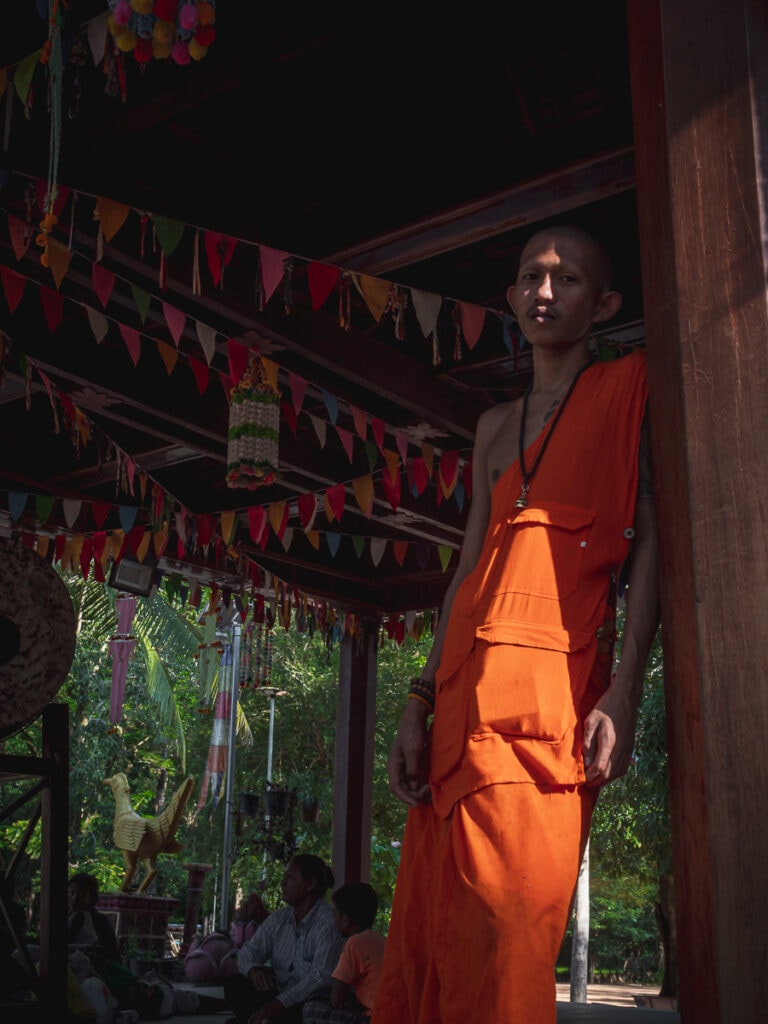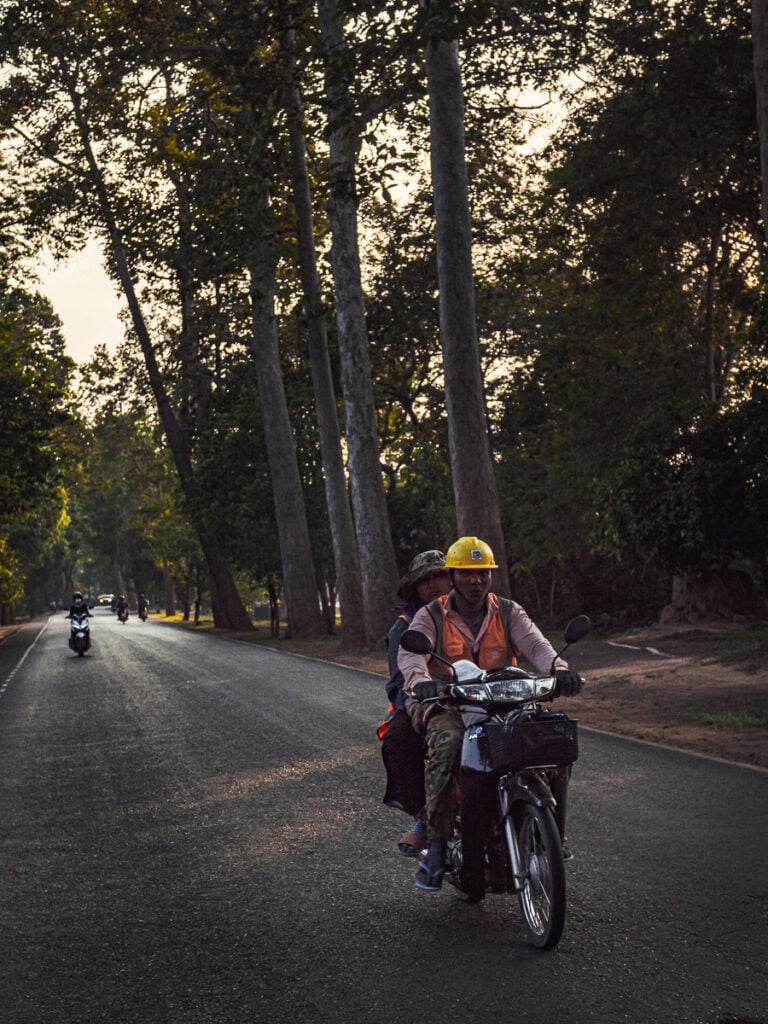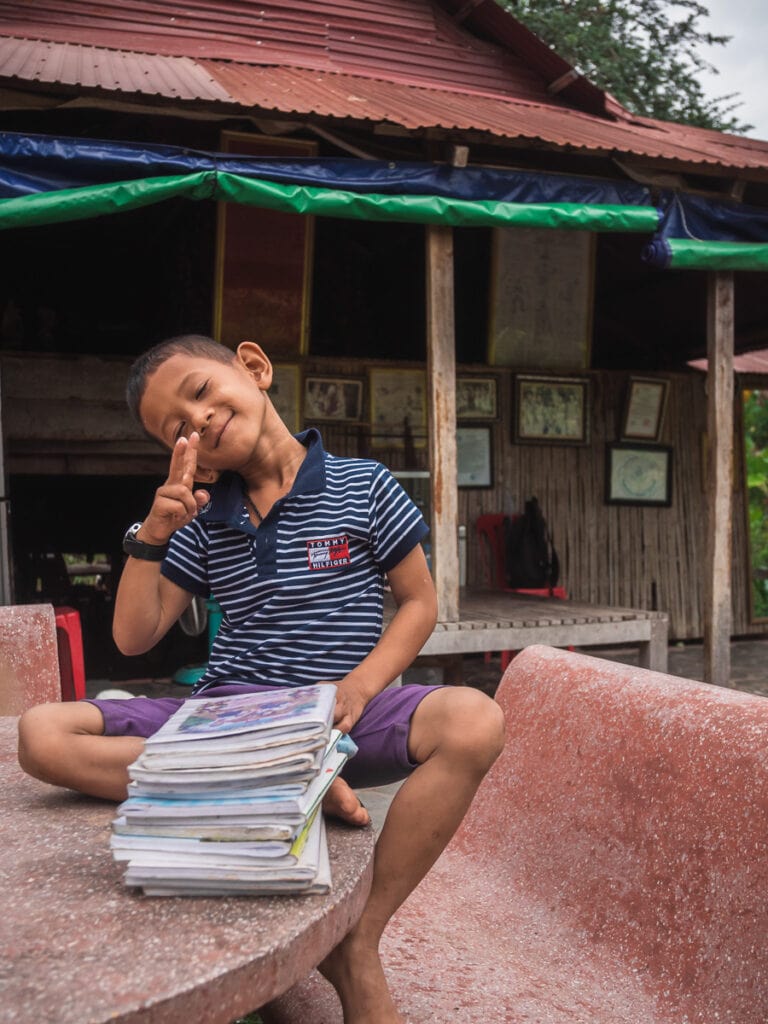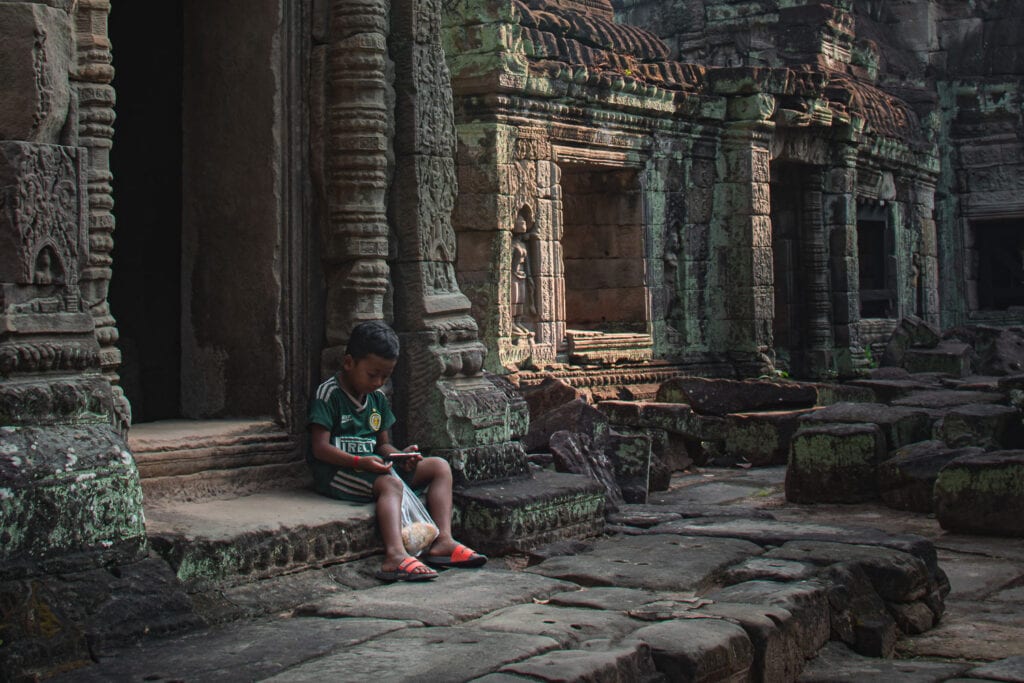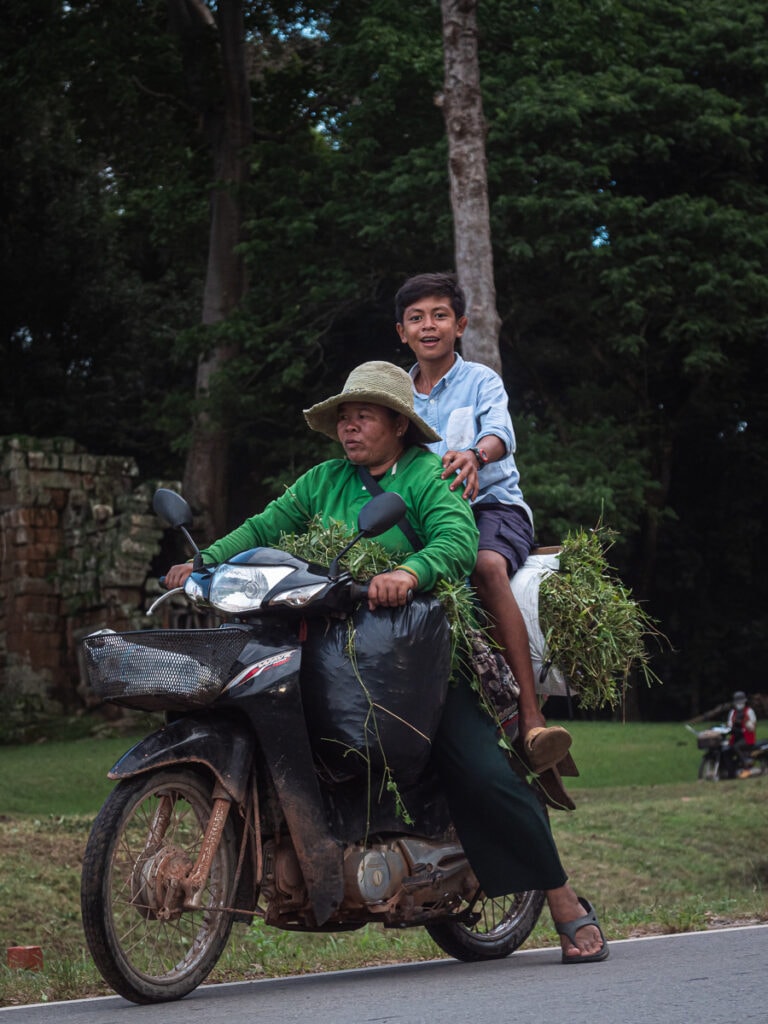
February - December, 2022
People from Angkor | Cambodia
Between the ninth and the fifteenth century, the city of Angkor served as the capital of the Khmer empire. It is believed that the city and its surrounding areas may have home for up to 1 million people, making Angkor one the largest cities to exist before the modern period.
The whole Angkor region comprises an area with thousands if square kilometers, ranging from Tonle Sap Lake in the south until the foothills of Kulen Mountain in the north. There are many settlements spread spread throughout the region, sometimes far away from central enclosures and city temples.
Even though these settlements were all under the rule of the Khmer Empire, the citizens had socio-cultural differences between themselves, which were mainly determined by the geographical factors. The ancient population of Khmer empire could be divided mainly into three different groups:
- Rice farmers living in small family groups or villages scattered throughout Angkor plain (which is located within Angkor Archeological Park today). The main economic activity of the inhabitants of the upper plain is the cultivation of rain-fed or irrigated rice paddy.
- Inhabitants living nearby rivers (such as Roluos River), and nearby the shore and flood plains of Tonle Sap Lake. These group had a mixed economy characterized by self-sufficiency in both rice and fish, supplemented by seasonal market produce.
- Inhabitants from floating villages, on Tonle Sap. These inhabitants are are specialized in fishing activities, which supplies their own subsistence needs and selling their surplus catch in order to purchase other essential foodstuffs and tools.
These settlements existed during most of the Angkor period and most of them continue in same location where present-day villages are found. Most still live and work producing the same economic output, with some additional modern variations. As a consequence, Angkor region remains very much alive, with many local production, rituals and ceremonies happening throughout the area.
* All photos available for printing. Get in contact by email or on social media for more information.

